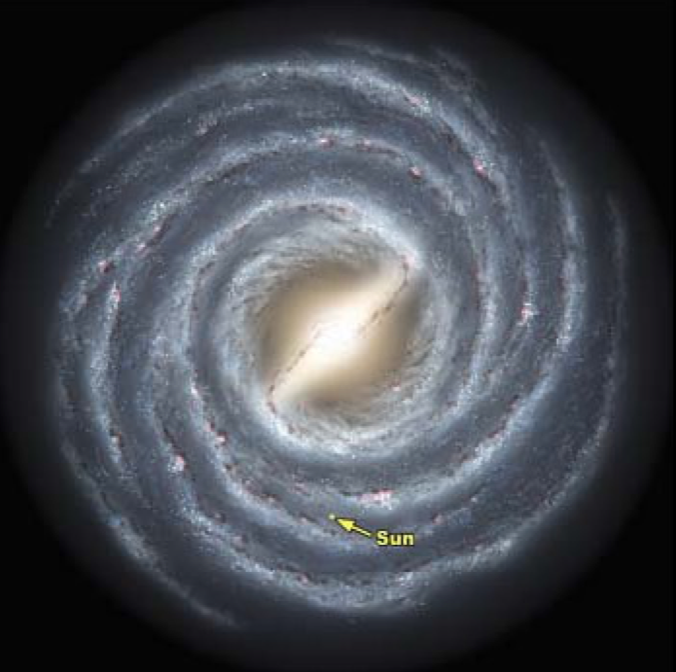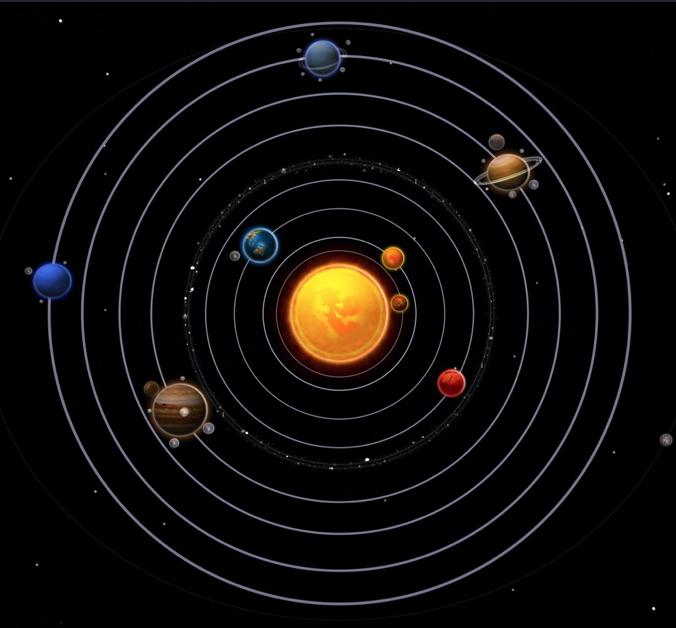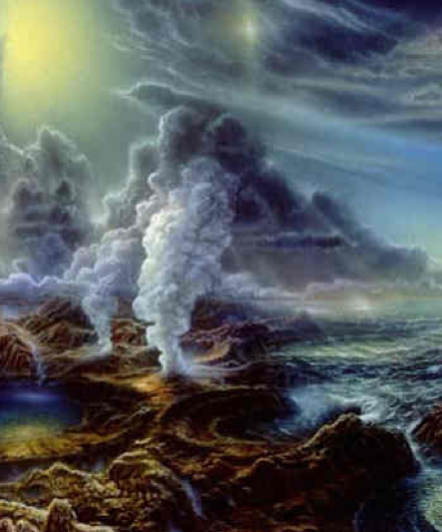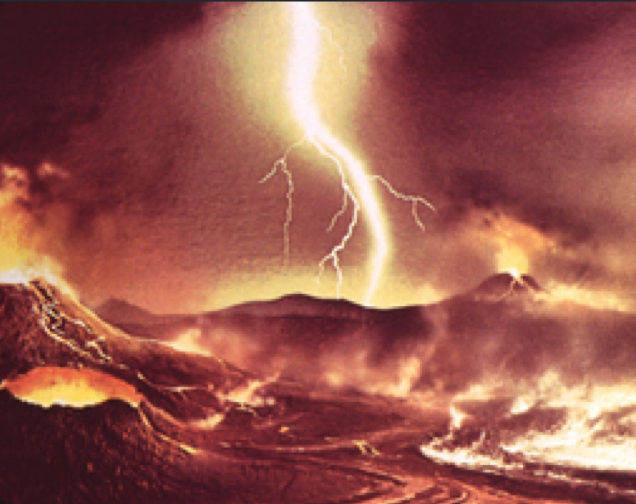Status of the Milky Way. The Milky Way is our galaxy. It is one of the billions that exist in the Universe, and galaxies as such are the largest structures in the Universe, capable of housing hundreds of billions of stars. In particular, it can be said that our Milky Way has the following properties:
- It is about 13.6 billion years old
- Contains between 100-400 billion stars
- Its diameter is ~100,000 light years
- The Solar System is located about 30,000 light years from its center
- It takes the Sun 225 million years to complete one orbit around it.

Solar System SituationThe Solar System is our “cosmic neighborhood.” It has different types of objects, including 8 planets and 5 dwarf planets. It has a single central star, unlike most star systems in the Universe, which usually have 2 or more stars (i.e. binary or multiple). In particular, it can be said that our Solar System has the following properties:

- It is approximately 5 billion years old
- Its central star, in astronomical terms, is a dwarf star
- Contains planets, dwarf planets and small bodies of the Solar System
- The nearest star is 4.3 light years away.
- The Sun began to form from a primordial gas cloud
Earth situationThe Earth began to form along with the other planets of the Solar System, about 4.6 billion years ago, that is, "shortly after" (in astronomical terms) the emergence of the Sun. The Earth would begin to form by a process called accretion, in which small rocks slowly come together by gravity, which in our case managed to form a massive object that acquires hydrostatic equilibrium (relatively spherical shape) and managed to "clear its orbit" of other surrounding smaller objects (i.e., it has orbital dominance). The Earth was established as the 3rd planet in distance from the Sun.



In its beginnings, the Earth was a planet hostile to life. Hellish temperatures, toxic gases, eruptions, earthquakes and bombings frequent meteorites. This situation would change when the planet began to cool and erode; The water began to condense, the atmosphere was established with the heaviest gases and life was ready to emerge.
Currently, the Earth is a planet capable of supporting life, since it is able to sustain liquid water, and the planet as a whole does not heat up or cool down too much; it is located at a very favorable distance from the Sun, or in other words, it is located in what is called the "living area» of the Solar System. More detailed information about the Earth can be found within the Solar System section. In the subsections available here, you will be able to learn more about the basic movements of the Earth, and its associated phenomena.

